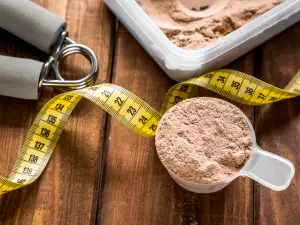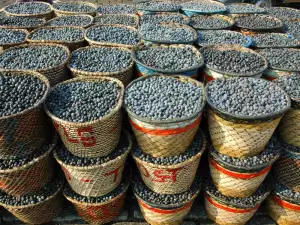Milk dough is a dough, which is kneaded with milk. It is used to prepare:
- bread;
- pitas;
- pizza dough;
- donuts, etc.
Milk increases the absorption of water, so the dough made with milk should be softer than the dough with water. Also milk dough has a higher pH than dough made with water and its fermentation will be slower or more precisely said - the ability of the dough to "work" properly in the temperature range will be slightly improved.
The rising time will be slightly longer due to the fact that the dough ferments more slowly (in general, the rising time of the dough made with milk will be approximately the same as the dough made with water, as yeast plays an important role in that).
Bread made with milk should be expected to have a darker crust, than bread made without milk. The color is acquired faster in the oven.
The baked bread will have a bigger volume, a darker crust (due to the lactose in the milk), a longer shelf life (partly due to the milk fat) and will be finer and softer.
If skimmed milk or skimmed milk powder is used, some of the above benefits will not be available (like the longer shelf life).
The type of sugar found in skimmed milk and skimmed milk powder (lactose), has a low sweetening power and does not ferment, so sugar must be added to the dough made with skimmed milk powder or otherwise the fermentation will be very slow. The recommended amount of skimmed milk powder used in bread dough is from 2% to 8% based on the flour and up to 15% in pastries.



















Comments